Art transcends time, culture, and language, capturing the essence of human creativity. Some masterpieces, however, achieve legendary status not only for their artistic brilliance but also for the staggering sums they command on the market. Here, we explore the five most expensive paintings ever sold, delving into the history of each piece, their creators, and the circumstances of their record-breaking sales.
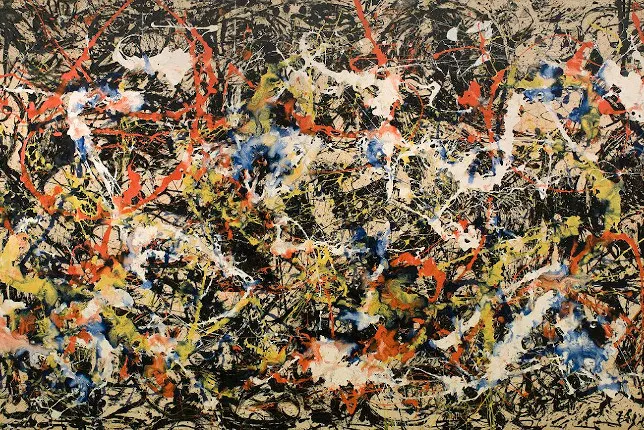
Number 17A by Jackson Pollock ($200 Million)
Jackson Pollock, a leading figure of Abstract Expressionism, created Number 17A in 1948. The painting exemplifies Pollock’s groundbreaking drip technique, where paint was energetically splattered onto the canvas, creating dynamic and chaotic compositions.
In 2016, Kenneth C. Griffin acquired Number 17A for $200 million in a private transaction. The painting is celebrated for its raw energy and its role in redefining artistic conventions. It remains one of the most iconic works of mid-20th-century art, showcasing Pollock’s revolutionary impact on modern art.
NAFEA Faa Ipoipo (When Will You Marry?) by Paul Gauguin ($210 Million)
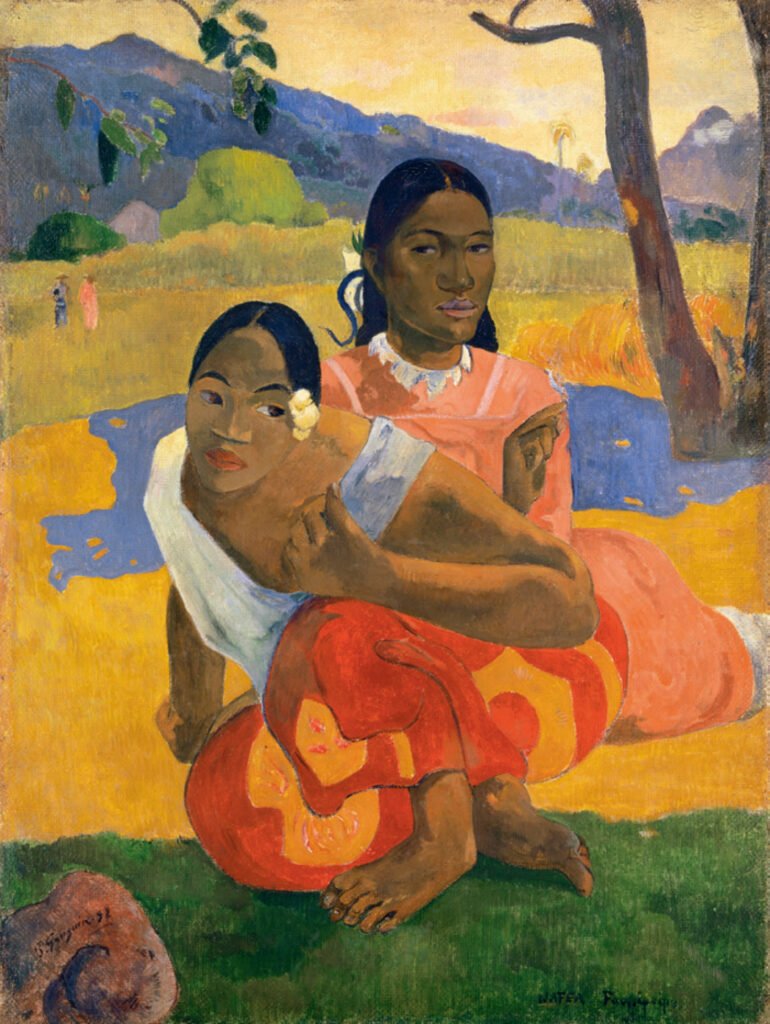
Paul Gauguin painted NAFEA Faa Ipoipo in 1892 during his first visit to Tahiti, where he sought inspiration from the island’s landscapes and culture. The painting depicts two Tahitian women, blending a dreamlike quality with bold colors and symbolic undertones.
In 2015, this masterpiece was sold privately for $210 million to Qatar’s royal family. The sale underscored Gauguin’s enduring appeal and the market’s appetite for works that capture exotic and historical narratives. Today, the painting is likely housed in Qatar’s extensive art collection, further elevating the country’s cultural cachet.
The Card Players by Paul Cézanne ($250 Million)
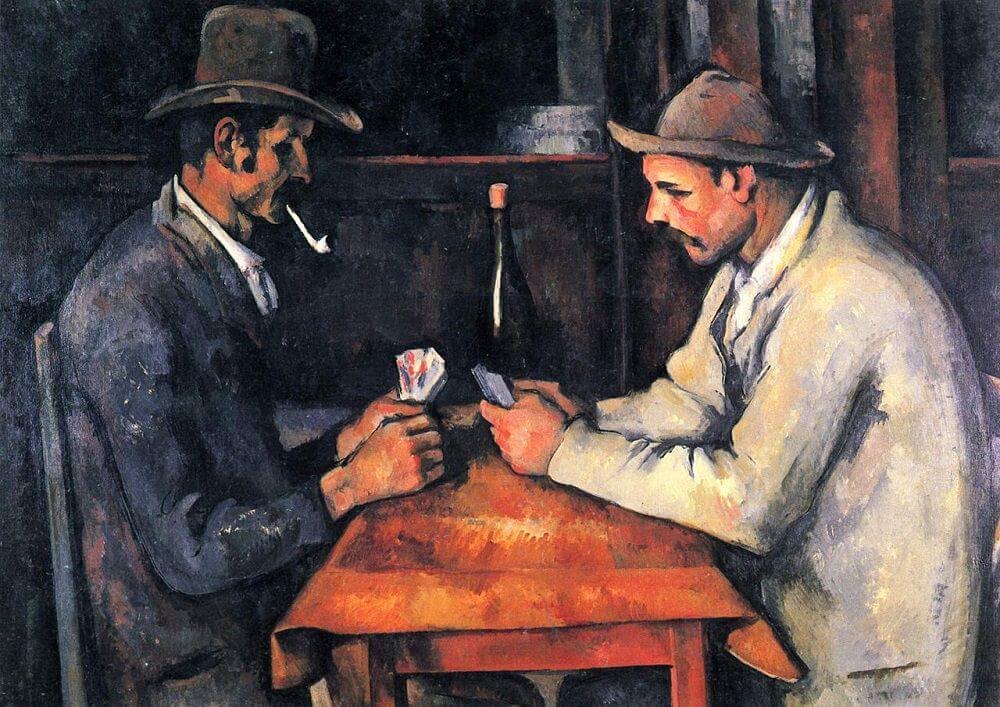
Paul Cézanne, often regarded as the father of modern art, created The Card Players series in the 1890s. This particular version, part of a series of five paintings, captures two men absorbed in a game of cards. The composition’s simplicity belies its complex exploration of form, space, and human connection.
In 2011, the State of Qatar purchased The Card Players for approximately $250 million in a private sale, underscoring the region’s cultural ambitions. This acquisition cemented Qatar’s status as a major player in the global art market and highlighted Cézanne’s role as a bridge between Impressionism and modern art.
Interchange by Willem de Kooning ($300 Million)
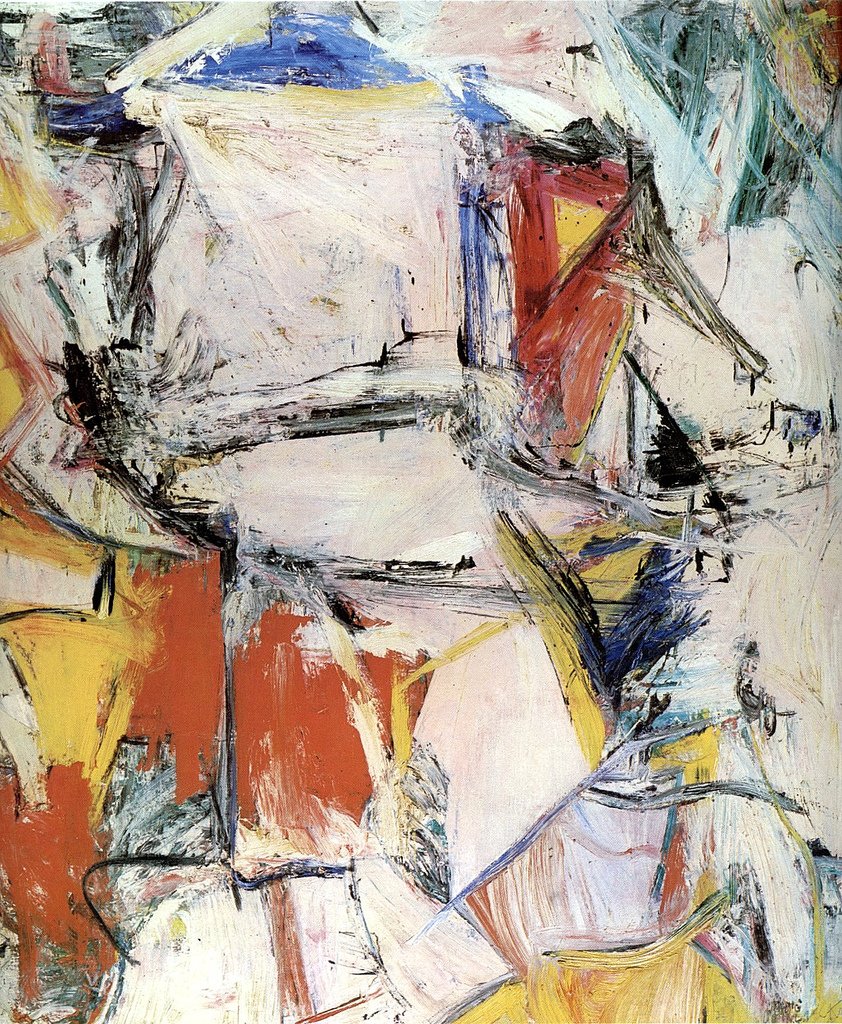
Willem de Kooning, a pioneer of Abstract Expressionism, painted Interchange in 1955 during a transformative phase in his career. The piece features bold, gestural brushstrokes and vibrant colors, reflecting the movement’s break from traditional forms.
In 2015, this dynamic painting was sold privately to hedge fund billionaire Kenneth C. Griffin for $300 million. It now resides in Griffin’s collection, occasionally loaned to institutions like the Art Institute of Chicago. Interchange exemplifies the growing appreciation for 20th-century modern art and its ability to command record prices.
Salvator Mundi by Leonardo da Vinci ($450 Million)
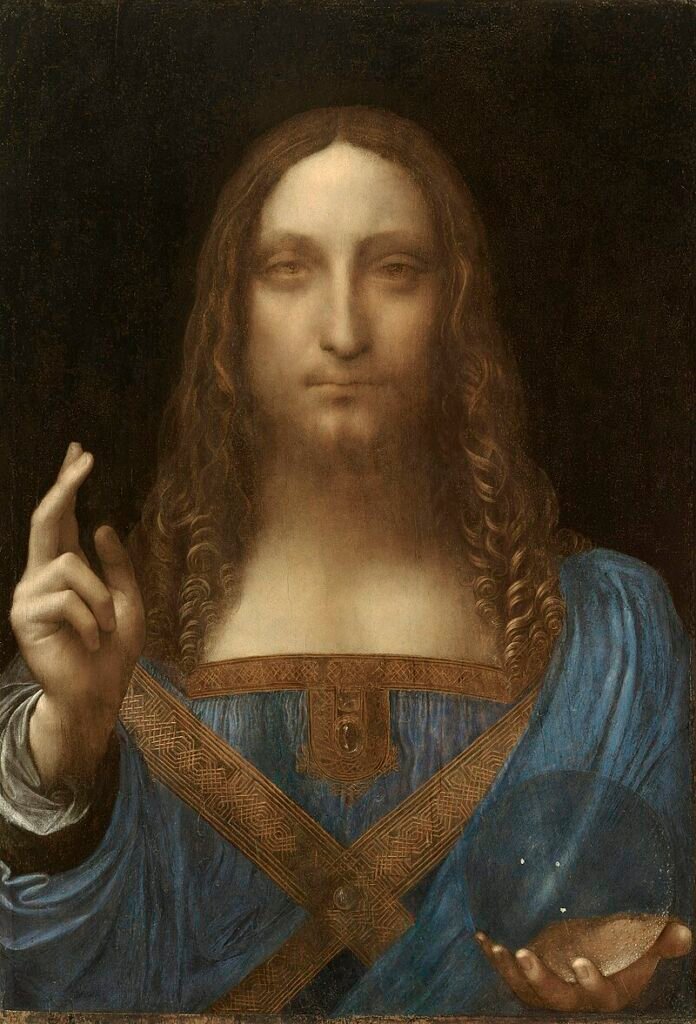
The crown jewel of the art world, Salvator Mundi is attributed to Renaissance master Leonardo da Vinci. This depiction of Christ as the Savior of the World showcases da Vinci’s mastery of light, shadow, and emotion. Painted around 1500, it was lost to history for centuries before resurfacing in a damaged state.
In 2017, Salvator Mundi shattered records when it was sold at a Christie’s auction for a jaw-dropping $450 million to Saudi Arabia’s Crown Prince Mohammed bin Salman. The painting is rumored to be housed on the Saudi royal yacht or intended for display in a future cultural center. Despite debates about its attribution, Salvator Mundi remains a symbol of da Vinci’s enduring genius and the ultimate prize for art collectors.
These five paintings illustrate the extraordinary value placed on art that captures the imagination and defines cultural history. Their record-breaking sales not only highlight the prestige of owning such masterpieces but also reflect the shifting dynamics of the global art market. But the artworld has been waiting for a new painting to take the crown. The only painting that is probably able to surpass Salvator Mundi in terms of price is another one by Leonardo da Vinci. It is of course no other than the Mona Lisa, which is rumored to surpass the $1 Billion mark should it ever be put up for auction.

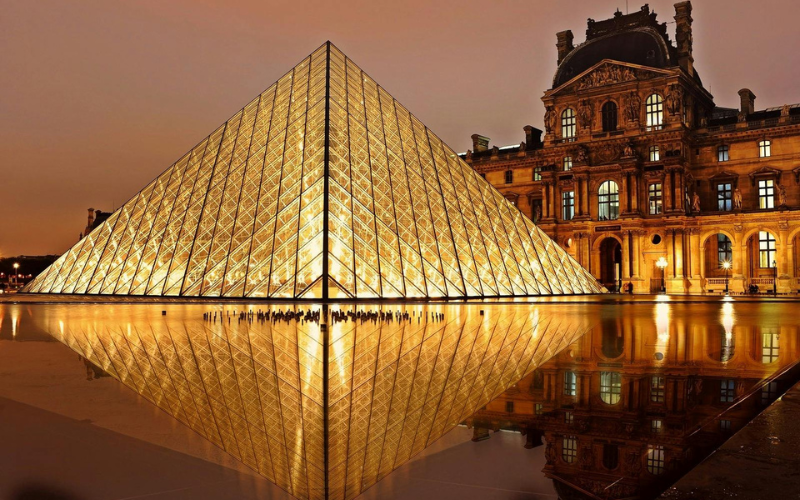
Pingback: The Holy 7 of Luxury: Exploring the Pillars of Exclusivity and Refinement - Luxury with Calvin